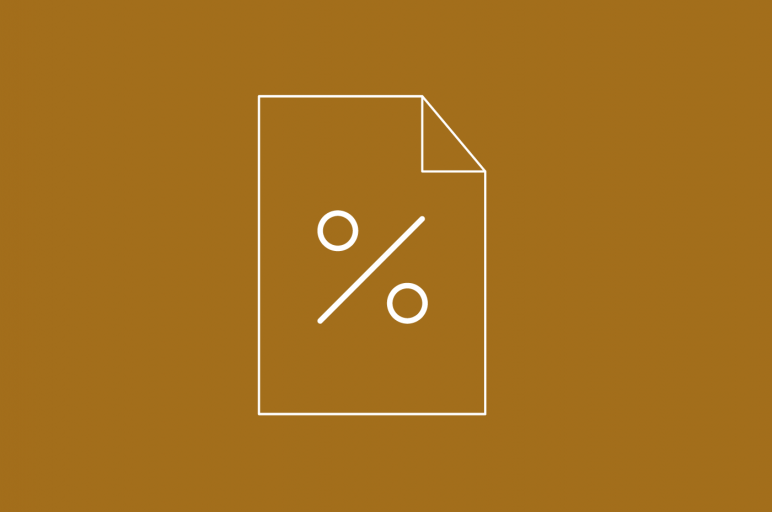Growth in Bond ETFs
Bonds (aka Fixed Income) are a forgotten but important investment asset in Australia. They have proven time and time again to have great diversification benefits and provide steady, reliable income.
Australian investors have preferred to invest in the share market, so bonds haven’t made it into most people’s portfolios. According to SuperConcepts, self managed super funds (SMSFs) only have 12% of their portfolio in Bonds.1
We have seen an increase in Bond ETFs over the last few years, proving that Australian’s are seeing why bonds are a good diversifier and defensive tool to use. Bond ETFs saw some of the highest inflows over the last year, alone in Q1 2019, it received over $500m in net flows.
We believe this is a result of product innovation and investors better understanding the diversification benefits that bonds provide to their portfolios.
Bond ETFs have started to enjoy strong growth over the last 5 years, growing at a rate of 32% per year to ~$6.4b and now make up 14% of the overall ETF market.
Bonds rise when shares fall
Over the past 30 years, it is clear that when shares fall, bonds do their job as a portfolio cushion and rise. Bonds were one of the few asset classes in 2018 with a positive return. Our Stockspot strategies had positive after-fee returns in 2018 thanks to our allocation to bonds serving their purpose as counterbalances when shares fell.
When the economy is in recession and interest rates are falling, bond prices rise. They work in opposite directions to shares, which is why they are described as a “defensive asset”. On the other hand, when the economy is expanding or at its peak, bonds become less attractive.
This is what is known as “negative correlated” assets. When shares are falling, this sometimes signal weaker confidence in the economy, so investors will aim to seek safer asset classes such as bonds, which pushes the price of the bonds higher.
Why Bonds are a key part of an investment portfolio
Bond ETFs can help investors smooth out returns due to:
- Diversification – due to their counter cyclical nature (explained above)
- Income – most of the investment return from bonds comes in the form of interest income. Since Bond ETFs include broad portfolio of bonds, these interest payments provide a reliable stream of income.
Bonds belong in an investor’s portfolio to help manage risk and to generate predictable long term returns. As a building block, the right allocation is dependent on a client’s time horizon. For clients with a shorter investment horizon this typically means more bonds, and for those with a long time-frame, they can afford to invest a majority in shares.
The rise in Bond ETFs will continue to grow due to investors wanting to have a counterbalance to shares in their portfolios. Investors are increasingly allocating bonds to their portfolios to reduce the overall volatility (risk) of their portfolios rather than being 100% invested in shares.
By finding out about our clients’ investment horizon, risk propensity and cash flow needs, we’re able to recommend the ideal combination of shares and bonds to suit their personal goals.
Sources:
1 SuperConcepts Investment Patterns Sept 2018




